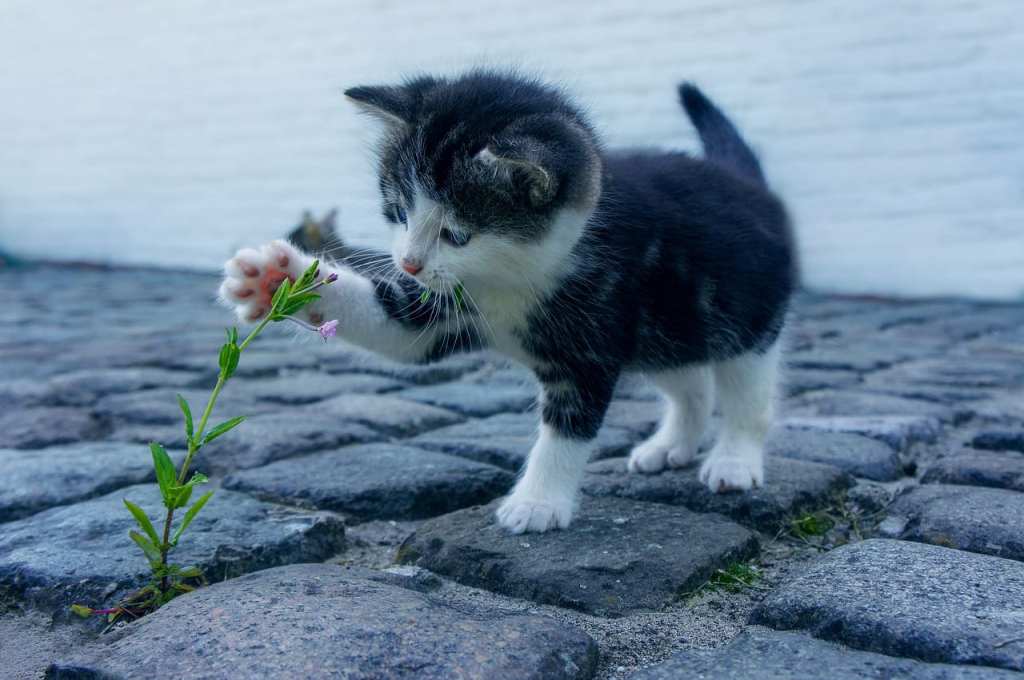Trending Now
I’m biased, I admit. I think just about everything about my cats is adorable. Their little paws. Their meows. Their constant demands for food.
Well, maybe not the last one.
One of my cats has these perfect, gorgeous white socks. Only on two of his legs, though. So how did those get there? It turns out it’s due to genetics.

Photo Credit: Pixabay
Duh, right? Except it’s a little complicated…
Piebaldism is the scientific name for the phenomenon. It happens in people as well as pets, although it’s fairly rare in humans. Those with piebaldism lack melanocytes in areas of the skin and hair. These melanocytes produce melanin, which is the pigment that gives skin, hair, fur, and eyes their color.
Piebaldism is due to a mutation in the KIT gene, which is in charge of distributing melanocytes. If the cells are mutated, there won’t be enough melanocytes to cover the entire person or animal.

Photo Credit: Pixabay
In people, piebaldism often results in a white forelock. Last names like Whitlock may stem from the presence of this genetic trait.
But enough about people. How does that impact your kitty?
While your cat is just a little embryo, all of its melanocytes are concentrated near its back around where the spinal column will eventually be. As the fetus grows, the pigment cells spread. If the melanocytes are distributed evenly, you get a monochromatic cat.
In some cats, though, the cells spread more unevenly, leaving cats with those cute socks.

Photo Credit: Pixabay
Other genetic quicks are responsible for other fur patterns. Siamese cats, for example, actually have a form of selective albinism that allows them to suppress melanin production based on temperature. This gives them their unique coloring, with darker fur along their ear tips and paws.
Their unique genetics is just one more reason to think cats are amazing.






